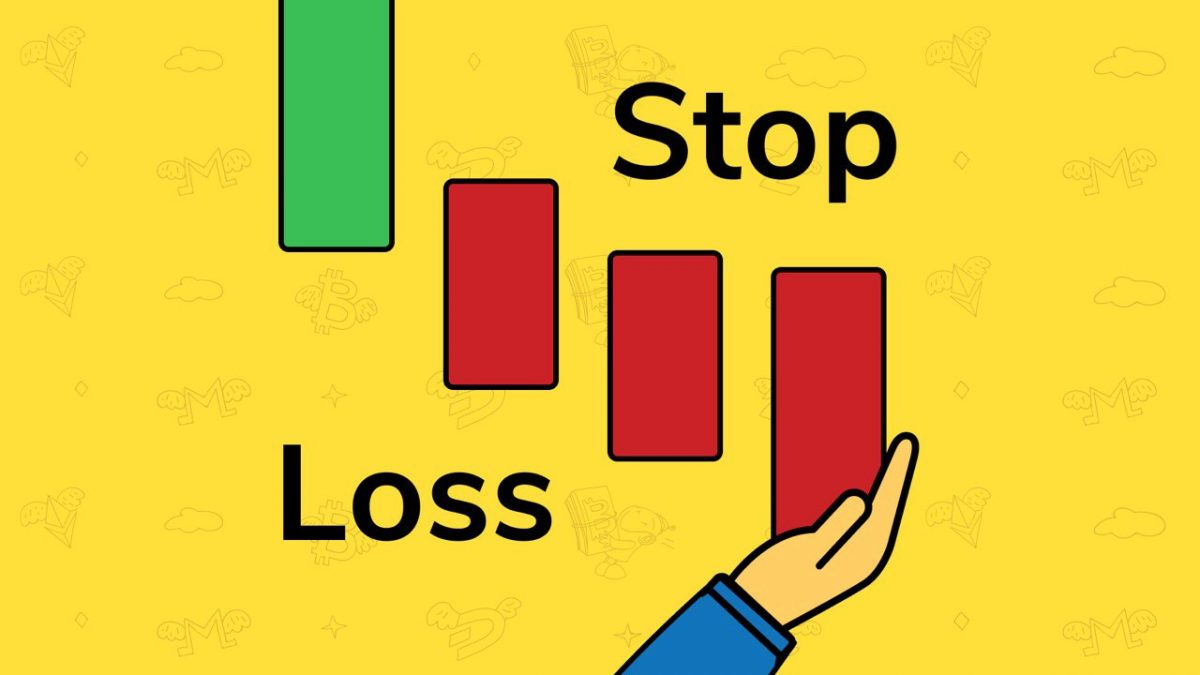A common frustration among traders echoes a familiar sentiment: “I move my stop to breakeven too soon, and then the market turns against me. What am I missing?” This phenomenon, often dubbed “Moving Stops Too Soon,” is a challenge that many traders face, especially when attempting to safeguard gains in the midst of market fluctuations. In this article, we’ll delve into the intricacies of moving stops and explore strategies to overcome this hurdle, drawing insights from Live Traders techniques and the Professional Trading Strategies (PTS) course.
Understanding Your Trading Style: The First Step
Before addressing the issue of moving stops too soon, it’s imperative to define your trading style. Whether you’re a scalper, day trader, or swing trader, your approach to managing positions will vary. Live Traders emphasizes the importance of aligning your strategy with your trading style, and this starts by answering fundamental questions:
- Timeframes: What timeframe do you use for entries and management?
- Trade Goals: Are you capitalizing on momentum or willing to endure shallow pullbacks?
- Position Size: How many lots are you using, and what weight do they carry?
- Target Placement: Where do you typically place your initial target?
Establishing Rules for Stop Movement
Once these questions are answered, the next step is to establish rules for managing your trades. Live Traders, through the PTS course, underscores the need for meticulous planning in your trading strategy. Here are some key considerations:
- Lot 1 Exit: How will you exit the first portion of your position? Is it through a trailing stop or selling into strength at Target 1?
- Stop for Lot 2: When and under what circumstances will you move your stop for the remaining position? Do you use a support area or breakeven as your guide?
The Dilemma of Moving Stops Too Soon
The crux of the issue lies in determining when and under what circumstances to move your stop. Novice traders often succumb to the fear of losses, prompting premature moves to breakeven. However, this strategy becomes problematic when breakeven lacks a technical “raison d’être” — a support/resistance area that holds significance for the trade. Live Traders suggests avoiding premature stop movements unless there’s a clear technical foundation, which may require patience to allow for the formation of support/resistance through pullbacks or consolidation actions.
Quantifying Moves Before Moving Stops
Is it inherently wrong to move a stop quickly to breakeven? Not necessarily, but it’s crucial to recognize the potential downsides. A more strategic approach involves quantifying the move required before moving the stop to breakeven. For instance, a rule might dictate, “after the price has moved beyond 50% of Target 1.” This ensures that stop adjustments are made based on measurable market behavior rather than arbitrary decisions.
The Essence of Money and Position Management
Money and position management are the bedrock of a robust trading plan, and Live Traders emphasizes their significance in the PTS course. As you navigate the intricate world of trading, these management schemes become your compass, guiding you through the complexities of the market. The key is to meticulously think through these components when constructing your trading plan.
In conclusion, the challenge of moving stops too soon is a common pitfall, but one that can be navigated with a disciplined and strategic approach. By aligning your stop movement with technical support/resistance, quantifying moves, and integrating these principles into your trading plan, you can overcome the dilemma and trade with greater confidence. The insights from Live Traders and the PTS course serve as valuable tools in mastering the art and science of moving stops, paving the way for more informed and successful trading in 2024 and beyond.




